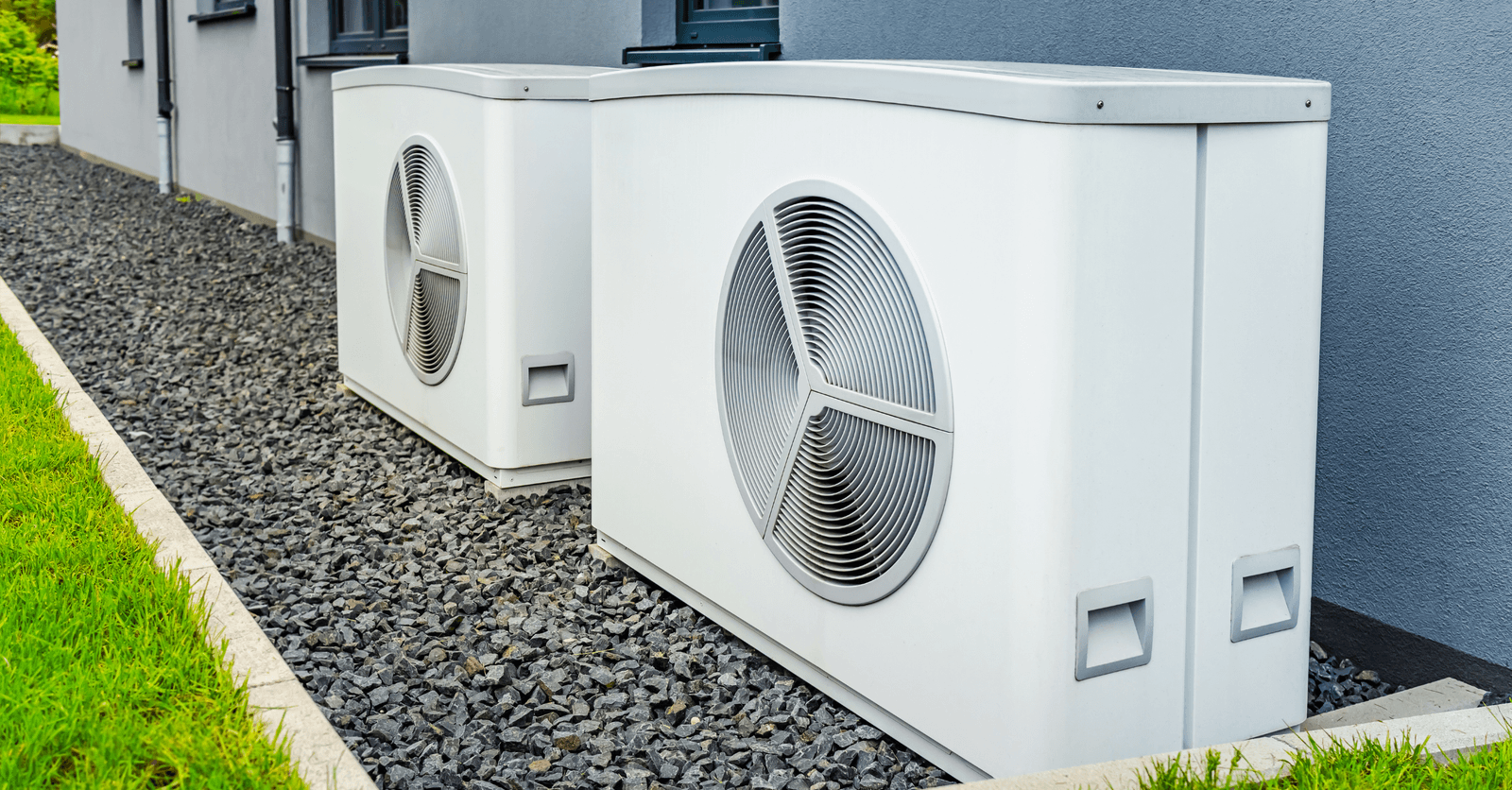
Wall, door, attic, and foundation insulation, not unlike window caulking, aren’t the sole factors influencing your home’s energy efficiency. Garage doors, which are too often overlooked, allow warm air to seep out, along with a part of your savings.
While heating a garage isn’t mandatory, having a well-insulated door is a non-negotiable benefit. If you’ve started inquiring about the matter, you were most likely recommended insulated garage doors. However, before moving ahead and changing your garage door, take a moment to read this article.
We’ll detail how to easily and swiftly improve your garage door insulation, all that at a bargain!
What type of insulation should be used for a garage door?

Source: Canva
Garage doors are usually insulated for the following reasons:
It’s too thin
It’s made with a conductive material
It’s not sealed (there’s often a gap between the door and the ground)
When it comes to garage doors, homeowners typically opt for thermal insulation with an R-value between R-4 and R-18. The selected insulation’s efficiency can be offset by the presence of thermal bridges, as well as the lack of weatherproofing.
Have you considered simply improving your garage door insulation instead of replacing it altogether? This is often a viable option. However, for optimal efficiency, the insulation material needs to be tailored to your garage door. The choices will depend on factors such as:
Regional climate
Sought-after energy efficiency
Types of panels and door materials
Door thickness
Perhaps even the opening mechanism
What’s the best garage door insulation material?
A simple, straightforward question, yet its answer delves into the intricate side of things. There are different types of insulation, but the two most commonly used materials are polyurethane and polystyrene. These are usually used to insulate metal or PVC garage doors. Generally speaking, they have pretty good thermal resistance.
Polystyrene
Polystyrene—also known as Styrofoam—is retailed in the shape of solid panels. A single, thin layer delivers elevated R-value insulation. It’s also surprisingly lightweight, which means securing it to your garage doors won’t negatively affect the opening mechanism. While it’s less expensive than polyurethane, it’s also not as efficient (R-6.6 to R-10 compared to R-12 to R-16).
Polyurethane
Polyurethane is made with chemical products that, once mixed together, expand in such a way that the material fully fills cavities. Polyurethane, when just as thickly applied as polystyrene, has twice its efficiency. Valentin Lamoulie, of DuraClim, mentioned that the former is also resistant to humidity, thereby making it the go-to material to insulate garage doors, provided a sufficient amount is applied.
“Typically, when using polyurethane, we’ll assess the situation based on the thickness of the garage door [subject to standards, Ed.], but having at least 2-inch thick insulation is recommended,” explained Valentin Lamoulie.
Garage Door-Specific Insulation
Tilt-up garage door
This type of garage door consists of a solitary panel that tilts up on a track due to a counterweight system. When fully open, the door sits parallel to the garage ceiling.
Due to the opening mechanism, it’s best to use an insulation material that’s both lightweight and thin, while also providing optimal thermal performance. Otherwise, opening and closing the door might be more difficult since the door is made too heavy to lift, whether manually or mechanically.
Sectional garage door
A sectional garage door is typically motorized and consists of several hinged panels that open and close on a track. Since it’s more modern and better insulated, it doesn’t inch outside the frame like older models. An insulated garage door is really helpful to significantly reduce energy losses.
When the door is opened, the panels will sit lodged beneath the ceiling. Thin insulation is preferred to ensure the hinges are hindered.
Wood garage door
Wood is an insulating material in itself. However, this doesn’t mean that a wood garage door doesn’t need to be insulated. Natural insulation won’t suffice, especially if the garage as a whole is heated.
When it comes to a wooden garage door, rigid insulation material is the best way to go. It must be trimmed in a way to perfectly fit the doorframe reinforcement. Ideally, two layers of foam insulation should be applied. When the door doesn’t have panels, rigid insulation or a reflective foil material can be glued directly onto the door.
In some cases, you may want to consider insulation kits sold in hardware stores. For others, impeccably done weatherstripping will suffice. A gasket maker should first be applied all around the door, then a weatherstrip should be installed on the door’s threshold. This solution is budget-friendly and can make a real difference.
Steel garage door
As for a steel garage door, it’s best to opt for flexible insulation material fitted between the door frames.
How to Install Weatherstripping

Source: Canva
Door insulation won’t prevent cold air from seeping into a garage. You also have to consider the door frame. That’s where weatherstripping comes in handy, ensuring the door is properly sealed. Moreover, if water, insects, or debris seep into the garage, even when the door is shut, that’s a clear indication that the existing weatherstripping needs to be replaced.
Different Types of Effective Weatherseals
It’s best to choose a product that’s specific to your garage door, one that won’t hinder its opening or closing mechanism.
Below are the criteria to consider when selecting effective weatherstripping:
The bottom garage door weatherseal must be supple, with a U-shaped application to ensure the door is properly sealed against the concrete floor.
The weatherstripping for side and top openings ideally must be designed with two or three supple fins to effectively seal the perimeter of the door.
When necessary, the weatherseal placed between the door’s panels should be PVC; it’ll serve as both a draft guard and thermal barrier.
Installation Tips
Start at the top of the door. Secure the weather seal to the upper door jamb.
Affix the lateral seals alike.
Then, push the door to simulate the pressure that might occur during strong winds.
Readjust the weather strip accordingly to ensure the door is properly sealed, and that, regardless of the weather conditions.
If the gap is still too big, reset the door wedge. If there’s light streaming in through the door stop weatherstrip, replace the hinges with spring-loaded versions that can keep the door pressed up against the weatherstrip at all times.
PRO TIP: To facilitate the installation of the weatherstrip, apply dish soap in the bottom track gaps. Then, set the weatherstrip in place, and trim any excess material. Use pliers to crimp the ends of the track to ensure the seal is securely in place.
Our Top Tips for Insulating a Garage Door Underside
The service life of a garage door underside weatherseal is rather limited on account that it’s compromised every time the door is shut against it. If the weatherseal isn’t airtight, humidity can seep in and cause condensation. During winter, if icicles form atop the surface, the rubber will be ripped off when the door is opened. Therefore, it’s super important to make sure that the material is airtight.
Here are factors to consider when insulating the underside of your garage door.
Choose a suitable threshold, made of steel or rubber, that effectively seals against cold air and wind gusts, and provides storm protection.
To ensure the new weatherseal has the right dimensions, remove the existing strip and bring it with you to the hardware store (whole or in part) to measure it against other products.
Measure the width of the door panel to ensure you’re purchasing a strip that fits the whole length of the door, effectively replacing the old one.
To remove the existing weatherstripping without damaging it, remove the entire metal moulding that holds the rubber in place. (The screws are usually on the inside ends.)
When installing the new weatherseal, first insert the T-shaped edge into the metal moulding, then slowly slide the rubber band into the threshold frame.
The weatherseal moulding often makes for a snug fit, which complicates installation. Use a wooden stick or rubber mallet to gently tap it into place.
Noteworthy: Climaloc products are suitable for standard garage doors and have a natural abrasive component to repel insects.
Benefits of a Well-Insulated Garage Door

Source: Canva
A properly insulated garage door is instrumental in reducing household air conditioning and heating expenses. The temperature, as well as the humidity levels, will be easier to regulate. In fact, not only will it render using the garage a much more pleasant experience, but it will also increase the home’s overall comfort level.
Whether or not you heat your garage, temperature gaps will be less significant. Without a doubt, starting your car won’t be an issue during extremely cold periods, therefore saving on engine maintenance.
Having a well-insulated garage door means noise pollution will be less obvious in the home, whether the noises are coming from the garage or outside the dwelling.
Lastly, since the garage accounts for a significant percentage of the home’s square footage, increasing its insulation will have an influence on the property’s resale value.
Note that a door’s thermal insulation is all the more important when the walls of the garage are well-insulated since a deficiency in that regard can lead to mould growth.
Garage Door Insulation: A Worthwhile Investment
If you factor in that such a project—insulating and weatherstripping—can be DIYed in less than four hours, for less than $400, it’s decidedly a worthwhile investment. It’s not a very complicated task, but you can still call upon a professional to guide you in choosing the best, most suitable material.
Get 3 quotes for your garage door insulation project
RenoQuotes.com can help you get quotes for your insulation-related project. By submitting your project, we’ll put you in contact with top-rated contractors. Fill in the form on the homepage (it only takes a few minutes) and get estimates from trusted professionals.
Dial 1-844 828-1588 to speak with one of our customer service representatives.
Looking for something else?
Related articles
The latest industry news, interviews, technologies, and resources.

Editorial Team
•07 Nov 2023
Reducing energy costs is one of the most important factors when choosing home insulation, as the right insulation can reduce energy bills drastically.

Editorial Team
•16 Jun 2025
Noise is part of daily life, but excessive noise in a household can disrupt peace and quiet. For anyone looking to create a more tranquil environment, understanding and applying effective acoustic insulation methods is key. This article tackles essential questions: What are the most effective ways to soundproof ceilings, floors, and walls? Which materials work best, and how thick should they be? And how can homeowners balance cost with effectiveness?

Équipe éditoriale
•07 Nov 2023
Need to change your old windows? There's no shortage of options on the market! To give you an overview of the possibilities available to you, here are some of the most beautiful models to give you some inspiration.

Editorial Team
•06 Jul 2025
There are plenty of reasons to feel like the home you own isn’t quite fit for your needs. Are you lacking space on account of your growing family or an expanding furniture collection? Have you decided to work from home and need space for an office? Are you considering adding a home gym, laundry room, or greenhouse? Whatever the case, a home extension or addition is a great option if you’re lacking space and looking to add some square footage.

Editorial Team
•23 Jul 2025
When you live in a region where the winters are long and harsh like they are in Quebec, it’s paramount to choose a heating system that’s not only reliable and efficient but also cost-effective.